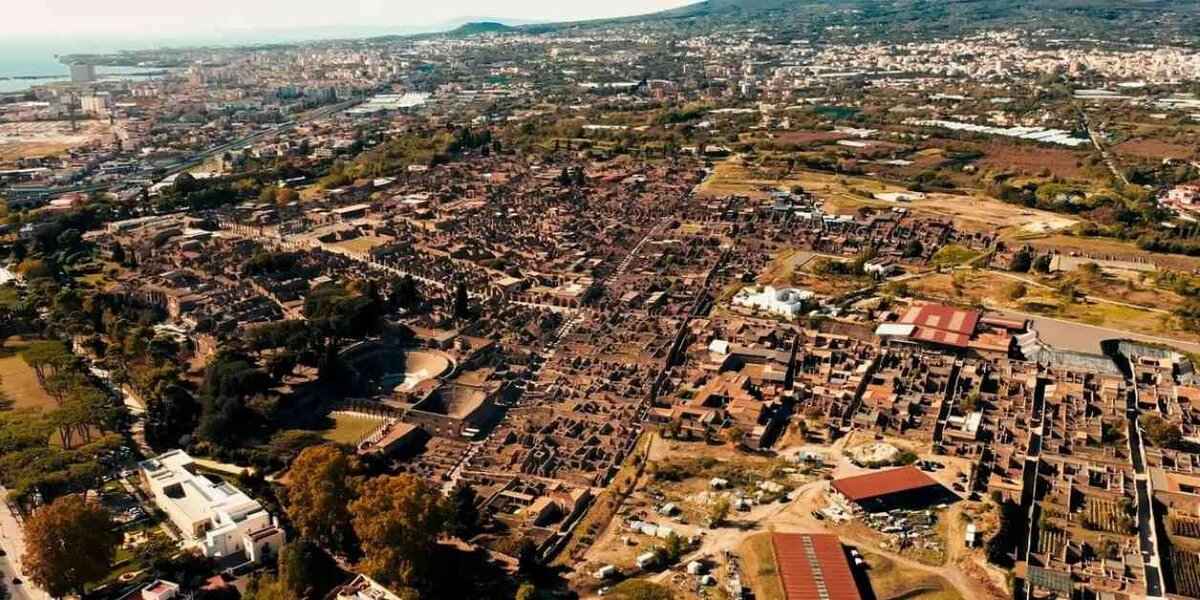The eruption of Mount Vesuvius in 79 AD that devastated Pompeii and Herculaneum has long captured the imagination of historians and scientists alike. Recently, a remarkable discovery has shed new light on the events of that fateful day. A glass-like substance found in the skull of a victim has provided valuable insight into the harrowing experience of those caught in the path of the volcanic eruption.
The findings of the study, published in Scientific Reports, have unveiled a fascinating glimpse into the final moments of an individual who perished in the disaster. The glassy material, analyzed by researchers, points to a sequence of events involving intense heat and rapid cooling. This unique substance, resembling natural volcanic glass, offers a rare window into the extreme conditions faced by the inhabitants of Pompeii and Herculaneum.
Unraveling the Mystery of Organic Glass
The glass fragments discovered inside the skull and spinal cord of the victim from Herculaneum underwent thorough examination using advanced techniques such as X-rays and electron microscopy. Through meticulous analysis, scientists were able to determine that the individual’s brain had been subjected to temperatures exceeding 510°C before undergoing rapid cooling, resulting in the formation of the organic glass.
The formation of glass in organic matter is a highly unusual occurrence, requiring specific conditions that are rarely encountered in nature. The rapid cooling necessary to prevent crystallization, coupled with the need to solidify at a temperature significantly higher than the surroundings, makes the phenomenon exceptionally rare. The discovery of this organic glass within the remains of the victim provides a poignant reminder of the extraordinary forces at play during the volcanic eruption.
Reconstructing the Catastrophic Events
The presence of the unique glass-like material in the victim’s skull has enabled researchers to piece together a more detailed timeline of the eruption. Contrary to earlier assumptions, the organic glass could not have formed solely from exposure to the scorching winds and ash of the volcanic eruption. The temperatures generated by these flows did not reach the levels required for the formation of the glass, indicating a more complex series of events.
By studying modern volcanic eruptions and comparing the findings to the evidence from Pompeii and Herculaneum, researchers have proposed a compelling scenario. It is believed that a superheated ash cloud, dissipating rapidly, was the initial cataclysmic event during the eruption. This intense heat would have raised the victim’s temperature above 510°C before a swift cooling phase occurred, leading to the formation of the unique organic glass within the skull.
The protective nature of the skull and spine likely shielded the brain from complete thermal breakdown, allowing for the preservation of the glass-like material. This remarkable discovery underscores the resilience and adaptability of the human body in the face of overwhelming natural forces, offering a poignant reminder of the fragility of life in the shadow of a volcano.
In conclusion, the study of the organic glass found in the remains of the victim from Herculaneum represents a significant breakthrough in our understanding of the events surrounding the eruption of Mount Vesuvius. By unraveling the mysteries hidden within this extraordinary discovery, researchers have brought a new level of clarity to the tragic fate of those who perished in one of history’s most infamous natural disasters.














